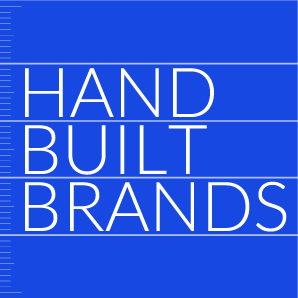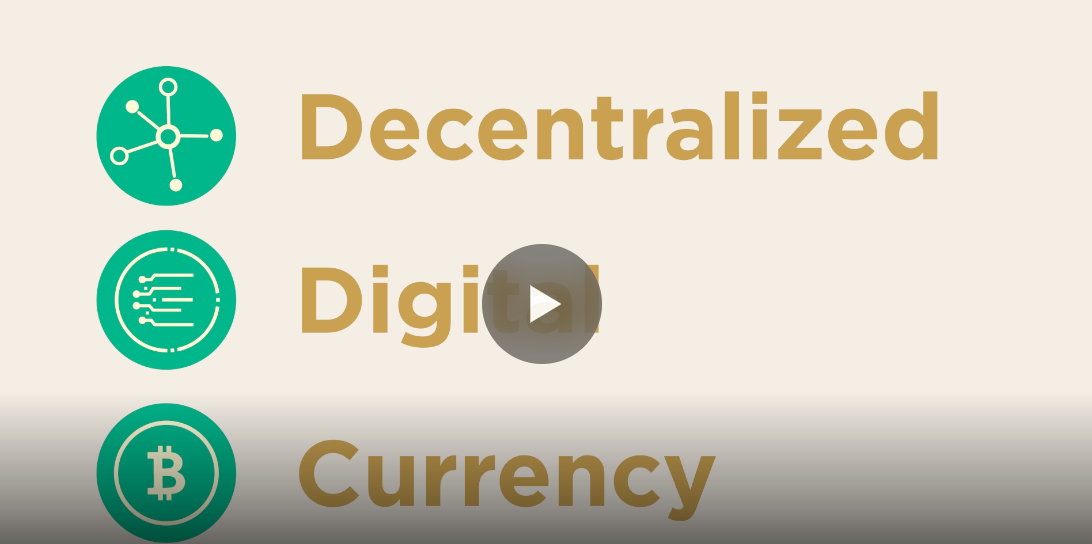Simple 3-step Process for Video Production
Pre-Production
Concept & Scripting
This internal explainer was built to do one thing really well: clearly show how our video production process works—without watering it down or dressing it up. The concept fused metaphor with mechanics. We visualized our core production phases—Story, Rapid Prototype, and Full Production—as clean, intuitive steps unfolding on a single continuous timeline. The goal was to keep it tight, clear, and instructional without losing personality.
The script started with a scratch voiceover that established tone: informal, analog, and direct. Lines like “Get your story out of your head and on paper” were crafted to visualize mental action. Each sentence was tied directly to an animated moment, which kept the rhythm crisp and eliminated filler. Multiple walkthroughs and internal rounds shaped the final script, dialing in both the creative tone and structural flow. Every line served the motion—no wasted beats.
Keyframes Design & Rapid Prototyping
We kicked off with vector keyframes designed in Illustrator. These weren’t just static layouts—they were built for animation, with clean layer organization, transition groupings, and smart spatial logic. The art direction leaned technical but human: modular icons, blue-line styling, and soft paper textures grounded the aesthetic in familiarity.
Once approved, these frames were imported into After Effects and broken into shape layers. The animation logic revolved around Trim Paths and clean, directional transitions. Stroke reveals mimicked hand-drawn motion, paced to match the VO. Elements entered and exited from the same workspace—no cuts, no scene changes—supporting the single-canvas metaphor. The whole thing felt like a live sketch, building in real time.
Visual rhythm was everything. Timing was slow enough to read but fast enough to feel intentional. Transitions used curve-based easing and directional motion to reinforce flow. A light paper texture sat in the background, with subtle grids.
Early Visual Styles Explored
The initial visual language started pure vector, but evolved toward a warmer, more human tone. We used consistent stroke weights, cool blue/green line work, and orange accents for key moments. To break the “too digital” look of Illustrator lines, we layered in micro wiggles using turbulent displacement—just enough to feel drawn, not jittery.
Motion reinforced metaphor. Icons transformed: scripts morphed into timelines, checklists turned into play buttons, timelines into workflows. UI metaphors like script editors, call windows, and browser frames created continuity across phases, while anchoring abstract ideas in recognizable shapes.
The overall feel hit a midpoint between precision and play—a visual identity that felt instructional but designed.
Style Choices and Reasoning
The hand-drawn aesthetic wasn’t just a stylistic preference—it was central to how we wanted this explainer to feel. In a landscape dominated by overly slick, corporate motion graphics, we leaned into a visual language that felt human, approachable, and in-progress. That choice directly reflected the story we were telling: production is iterative, collaborative, and alive. When done right, it’s intentional—but never rigid.
We built the aesthetic on line-drawn elements, animated trim paths, and roughened strokes with micro wiggles to simulate live sketching. These stylistic decisions created a sense of motion-within-motion—each frame feels as if it’s being drawn in real time. That unfolding quality gave the piece its signature rhythm, turning static explanation into kinetic storytelling.
Importantly, the style invites attention without demanding it. It’s visually soft and tactically grounded. The texture of sketch-like strokes and turbulence displacement lends a tactile sense—like watching an idea form on paper. This visual friction sustains viewer engagement while allowing the information to land gently and clearly.
As an explainer, the approach is highly effective. It balances clarity with character. The analog style roots the message in craft, while the underlying motion design sharpens delivery. It’s a visual narrative that mirrors the production process itself—structured, intentional, and made by hand.
Prototyping Animation Concepts
We tested every key technique early: hand-drawn line reveals, synchronized transitions, and how to layer multiple overlapping elements on a single screen without clutter. Trim Paths were the backbone. Complex icon builds were rigged with nulls and pre-comps for easier sequencing. Timing curves were fine-tuned in the graph editor to keep transitions smooth and confident.
Continuity was critical. Elements weren’t just entering the screen—they were transforming from one state to the next. Every transformation served the narrative arc and clarified the production step being described.
Internal Refinements and Directional Adjustments
Feedback was handled fast and informally—internal sessions and asynchronous video reviews led to quick iteration. Script adjustments swapped out corporate language (“approved” became “greenlighted”), and visual logic was tightened across the board.
Timeline labels were repositioned for clarity. Icon designs were simplified for faster read. Motion flow was cleaned up to ensure every visual beat had a clear entrance, exit, and narrative purpose. Small refinements—like the greenlight icon turning into a dotted line, or the RP star housing a lock icon—made big structural improvements.
Everything stayed anchored to the original vision: one canvas, updating in real time. A visual system that reflected how we actually work—simple, clear, and designed for clients who need to see how the pieces fit together.
Production & Post-Production
Look Development & Design Execution
Full production focused on polish, not reinvention. Since the Rapid Prototype was already built at near-final fidelity, we carried over all layouts, assets, and visual systems and elevated them with deliberate refinement. Illustrator assets were finalized for alignment, balance, and proportional consistency. Color stayed tight—dark blue for lines, green for UI frames, orange for highlights, and a soft white paper texture grounding the entire canvas.
The signature drawing effect was refined using turbulence displacement, giving each trim-path stroke just enough organic imperfection to feel hand-rendered. Lines wobbled slightly, just like a pen on paper—not enough to distract, just enough to breathe. Nothing here felt mechanical or sterile.
Motion curves were upgraded across the board. Where RP had functional timing, the final pass introduced momentum, overlap, and easing that mimicked physical motion—like drawing, flipping pages, or sliding elements into place. Interface windows wiped on softly, progress bars stretched and faded, and story elements composited themselves in-scene, never cutting away or jumping hard.
Animation Polish and Motion Logic
The core focus in production was motion nuance—getting the rhythm right. Final VO drove this: we synced key visual beats to vocal cadence, adjusted frame timing, and fine-tuned transitions to give every scene weight and intention. Where the voice landed, the visuals paused or pushed—no visual rush, no wasted seconds.
Secondary animations brought kinetic energy without clutter. We layered in motion trails, spark bursts, and soft glints to guide the eye during key transitions—like the RP lock snapping into place or script cards reordering into a timeline. These accents were subtle, fast, and clean, created with shape layers and simple falloff animations. No plugins, no overhead. Just smart, built-in AE work.
Everything played with precision: visual beats flowed, transitions snapped cleanly, and transformation moments had just enough impact to feel rewarding without pulling focus from the story.
Compositing, Color, and Graphical Integration
All compositing was handled in After Effects. We used layer stacks, pre-comps, and stroke masks to unify transitions and maintain a consistent visual hierarchy. Color tuning was light but deliberate. A few level adjustments balanced tone across scenes, and brand accent colors were locked in to maintain contrast and consistency. All overlays—waveforms, UI highlights, clocks—were animated as native shape layer comps, built for precise timing and zero dependency on third-party tools. Everything was optimized for scale, clarity, and render stability.
Final Adjustments, Encoding & Delivery
We rendered the final animation at 12fps—intentionally under-cranked to match the drawn aesthetic. The result felt snappy and analog, a conscious break from overly slick motion graphics.
Deliverables included:
1080p H.264 for streaming and lightweight use
1080p ProRes 422 for archival and high-quality playback
Final QA included audio sync, contrast visibility, and clean motion rendering. No captions or alt-language versions were needed for this internal tool.
The end result: a tightly composed, visually intuitive explainer that reflects both how we work and how we think—precise, approachable, and built on a single, living canvas.
Transcript:
We have a very simple three-step process for video production: Story, Rapid Prototype, Full Production.
Think of it as:
Get your story out of your head and on paper.
Put it in a rough draft so you can see and hear it.
And after it’s right, then you produce it.
The process starts with our story workshop. It’s a meeting or a Zoom call that’s about a 90-minute session and it’s simply a brain dump. We probe, ask questions, and figure out what story you’re trying to tell, and how that will be impactful for your audience.
Then we write the script along with visual descriptions and ideas. Then we review together and iterate until we think it’s right. We’re trying to do in this part of the process is greenlighted as quickly as possible so we can move it into Rapid Prototype
In rapid prototype or RP, we record a scratch voice-over and roughly animate the story, so you can see and hear the message and ensure that it’s right.
This is the best and one of the last times to edit the audio narrative before Full Production.
Full Production is one of those things like a duck on water. You, the client, don’t have a whole lot to do during this part of the process except for getting the launch materials ready. Because behind the scenes, our team is hard at work creating a video production that’s going to help you tell your story.
So think of this process from left to right as a scale of rough to finished. The amount of production time totally varies but 95% of our videos are done in under 12 weeks.
1, 2, 3. Simple.




